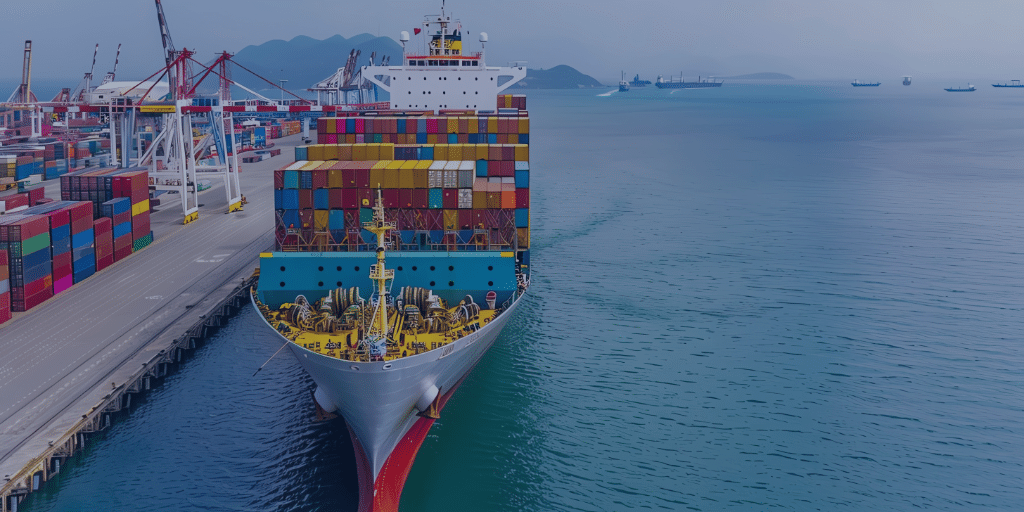In an era defined by trade disputes and evolving tariff regulations, procurement professionals in the electronics sector are facing unprecedented challenges.
One indispensable tool for overcoming these hurdles is traceability—a critical capability for ensuring compliance, controlling costs, and fortifying supply chains against disruption.
The Role of Traceability in Tariff Compliance
Traceability, or the ability to track a component’s journey through the supply chain, has gained prominence as governments impose new tariffs to address geopolitical concerns and support domestic industries. For instance, the U.S. government recently implemented a 10% tariff on all Chinese imports, aiming to address trade imbalances and protect domestic industries. This action has significant implications for procurement professionals in the electronics sector, as it increases costs for various components and necessitates stringent compliance measures.
These tariffs, aimed at reducing dependence on foreign suppliers, present significant challenges. Without robust traceability systems, it’s nearly impossible to ensure accurate country-of-origin documentation or avoid costly penalties.
Key Challenges Created by Tariffs
Soaring Costs: Tariffs drive up prices, leaving procurement teams to find cost-effective sourcing strategies.
Complex Compliance Requirements: Ensuring compliance with tariff regulations requires meticulous record-keeping and accurate origin documentation.
Supply Chain Risks: Non-compliant suppliers or incomplete traceability data can lead to sourcing delays or customs penalties, disrupting operations.
Strategies to Tackle Tariffs with Traceability
Procurement teams are turning to proactive strategies to minimize the impact of tariffs while ensuring their supply chains remain resilient:
Invest in Advanced Technologies
Blockchain, ERP systems, and similar tools help track real-time data on every component’s origin and journey. These systems provide a secure, immutable record that simplifies audits and ensures compliance with tariff regulations.
Audit Suppliers Regularly
Frequent supplier audits can reveal gaps in documentation and ensure your partners are meeting regulatory requirements. Strong relationships with transparent suppliers can mitigate risks caused by shifting tariffs.
Understand Tariff Classifications
Analyzing tariff codes and their financial impacts empowers procurement professionals to adjust sourcing strategies. This could include relocating production or renegotiating supplier contracts to offset increased costs.
Maintain Detailed Records
Comprehensive documentation, including certificates of origin and transaction histories, is vital for tariff compliance. It protects your company from penalties while ensuring seamless customs clearance.
Beyond Tariffs: The Broader Benefits of Traceability in electronics
While tariffs have made traceability a regulatory necessity, its advantages extend far beyond compliance. Traceability in electronics enhances operational efficiency by offering deep insights into your supply chain, reducing waste, and identifying cost-saving opportunities. It also supports ethical sourcing and sustainability, which are increasingly important to consumers and regulators alike.
With a robust traceability system, procurement teams can:
- Reduce lead times by quickly addressing delays.
- Build stronger, trust-based relationships with suppliers.
- Adapt quickly to regulatory changes and supply chain disruptions.
Looking Forward
As global trade policies and tariff regulations continue to evolve, the importance of traceability in the electronics industry will only intensify. Procurement professionals must embrace traceability not merely as a compliance tool but as a strategic asset that enhances agility, transparency, and resilience.
By investing in advanced traceability systems and fostering collaborative supplier relationships, companies can navigate the complexities of today’s tariff landscape while future-proofing their supply chains. This proactive approach ensures compliance and equips organizations to respond swiftly to shifting market dynamics, regulatory changes, and emerging risks.
Ultimately, traceability isn’t just about adhering to the rules—it’s about driving innovation and unlocking long-term value. With the right strategies in place, your supply chain can become a competitive advantage, enabling you to thrive in a world of constant change.
Read More:





